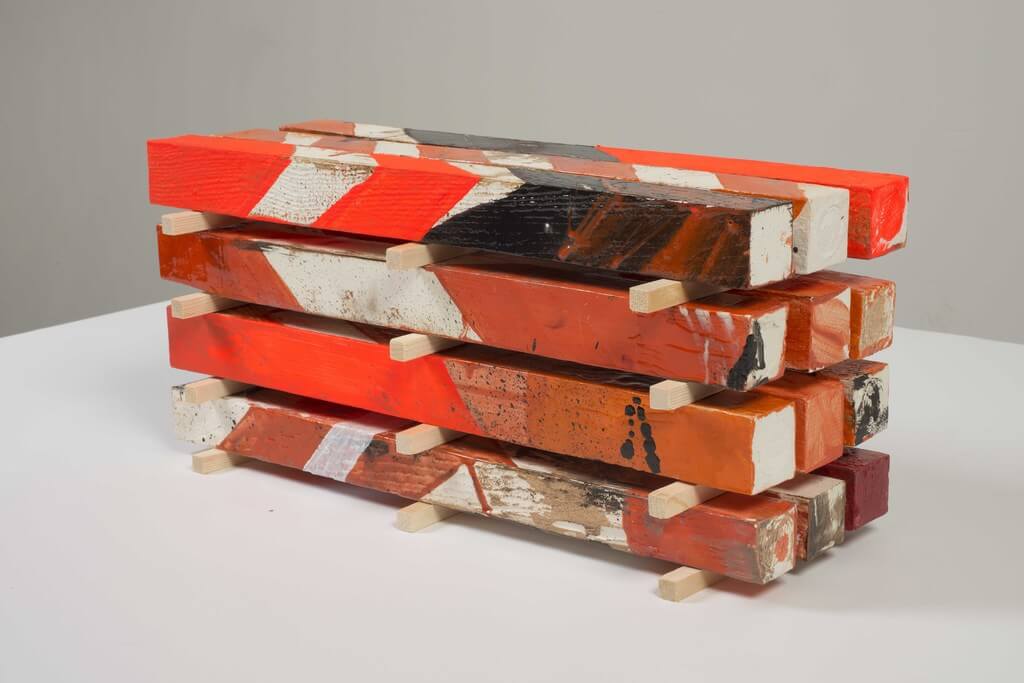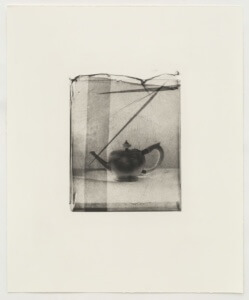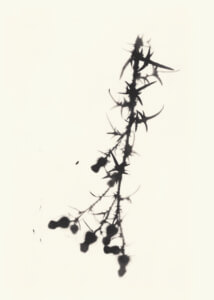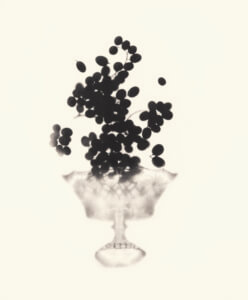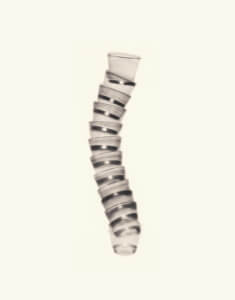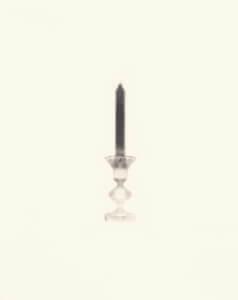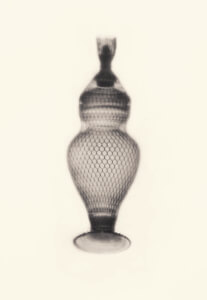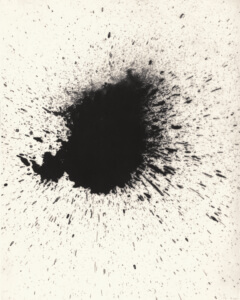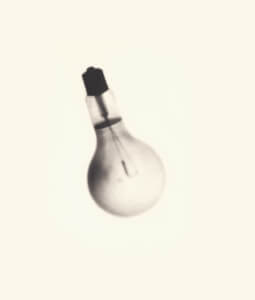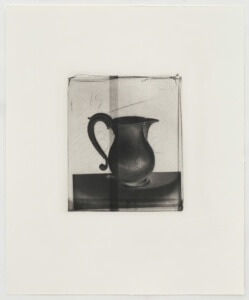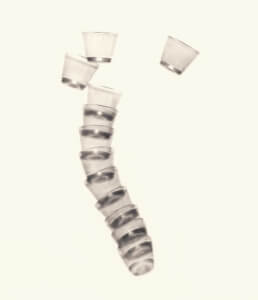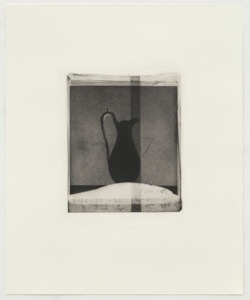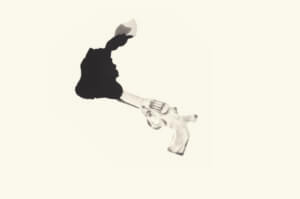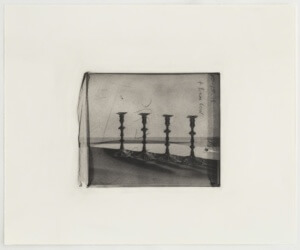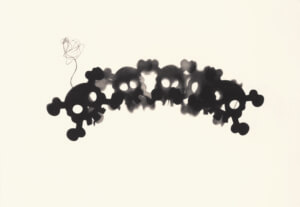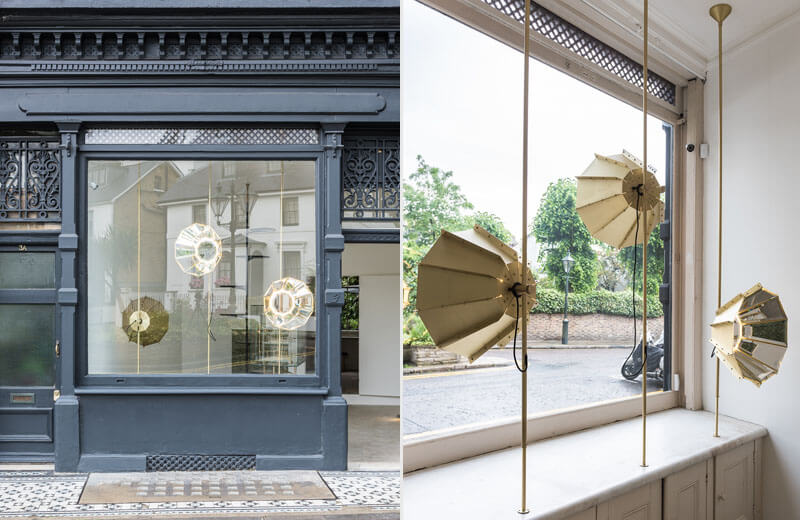Because decay and disrepair can be generative and fruitful. Because the idea of ruin is even more fascinating when the focus is on the inevitability of change. Because the aesthetics of loss, erasure and decline may hide sublime beauty and a rich textural palimpsest…
This week I am looking at mid-career and established artists whose practice gravitates towards those ideas through the choice of materials; its pictorial effects and a conceptual exploration on the limits and fractures of language.

Found door, concrete, steel
211 × 17.2 × 81.5 cm
Image courtesy of Galerie Eva Presenhuber, Zurich Photo: Joshua White
Oscar Tuazon’s installations and sculptures are pared-down structures made from natural and industrial robust materials. With a commanding presence in space, his work reinforces the architecture in which is placed and offers a very physical experience to the viewer where balance and weight are a highlight.
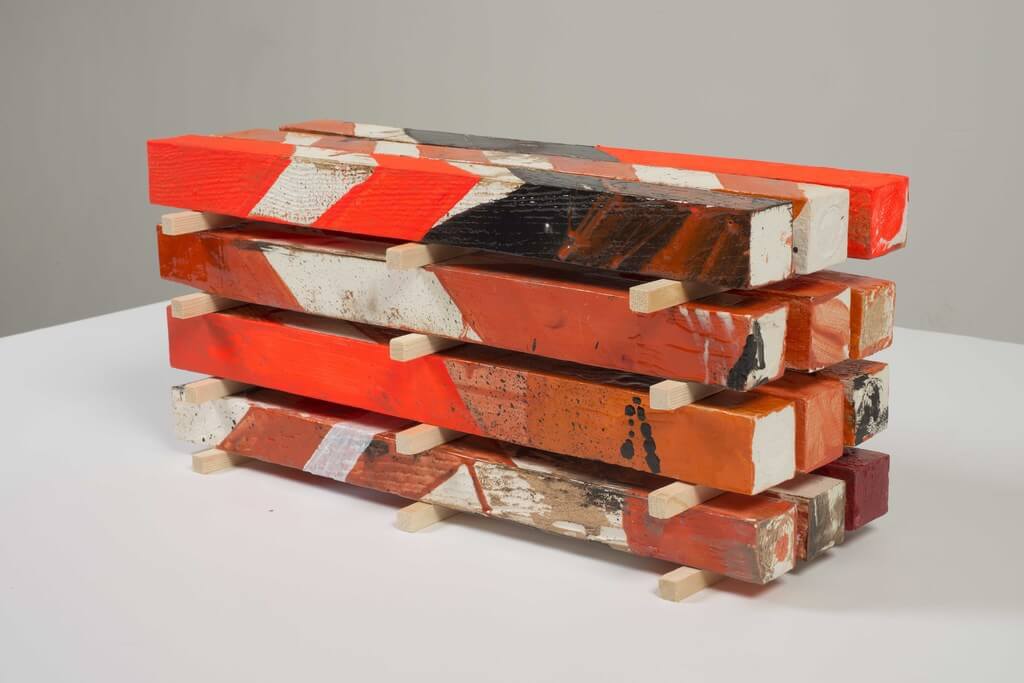
Ceramic
24.4 × 20.3 × 50.8 cm
Image courtesy of the artist
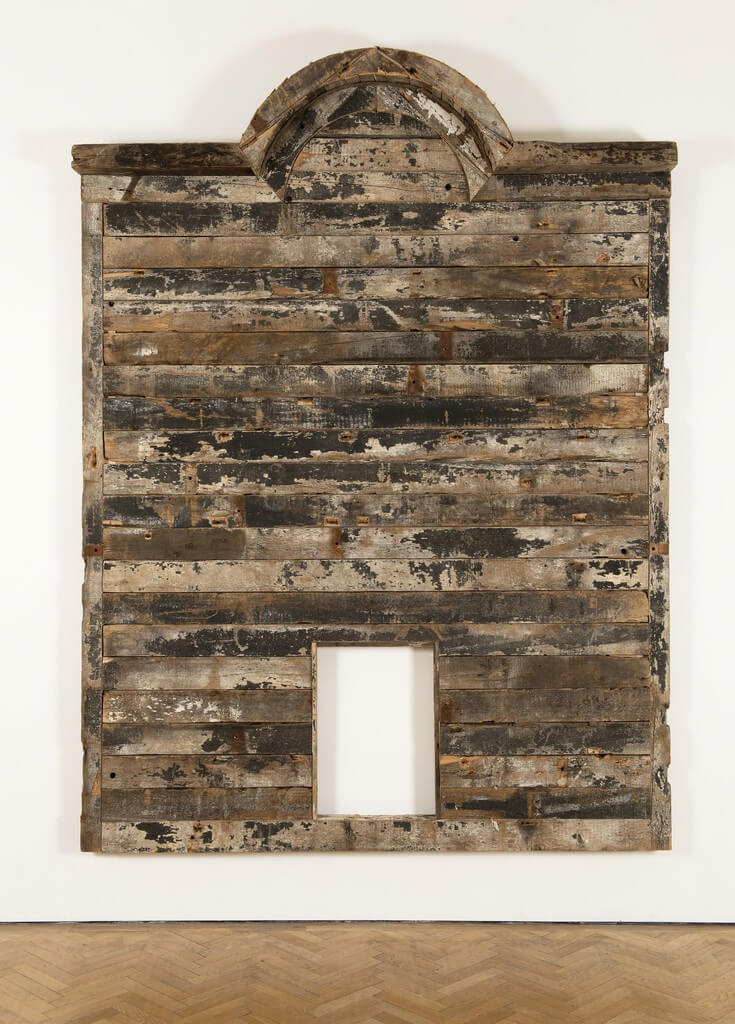
Reclaimed lumber
304.8 × 226.1 × 17.8cm
Image courtesy of Vigo Gallery, London
Marianne Vitale is concerned with the process of deterioration and the act of repurposing the discarded. Caution Model for Venus (2016) is a ceramic reproduction of construction materials whilst in False Fronts (2011) Vitale reconstructs the facade of an aged barn. She references the passage of time by natural decomposition of materials but also confers them an allure of grandeur by making us look-up to that relic-like hung façade and replicating the mundane with delicate and eye-catching ceramic.
All works by Cornelia Parker, Polymer photogravure etchings on Tiepolo Bianco 290 gsm paper. Approx. 72.2 × 58 cm. Courtesy of Alan Cristea Gallery, London
Cornelia Parker, OBE, manipulates found objects and images intertwining together themes of history, violence and transcendence. Her work highlights and embodies a constant state of flux and instability. “It is a universal condition, that of vulnerability. We don’t have solid, fixed lives; we’re consistently dealing with what life throws at us.” The smoky effect in the works above has a ghostly quality. These objects seem haunted by the layers of an untold past to be peeled over. The sequence of images speaks of a fluid narrative of shattering and balancing acts, not without a lightness of heart and sense of humor.
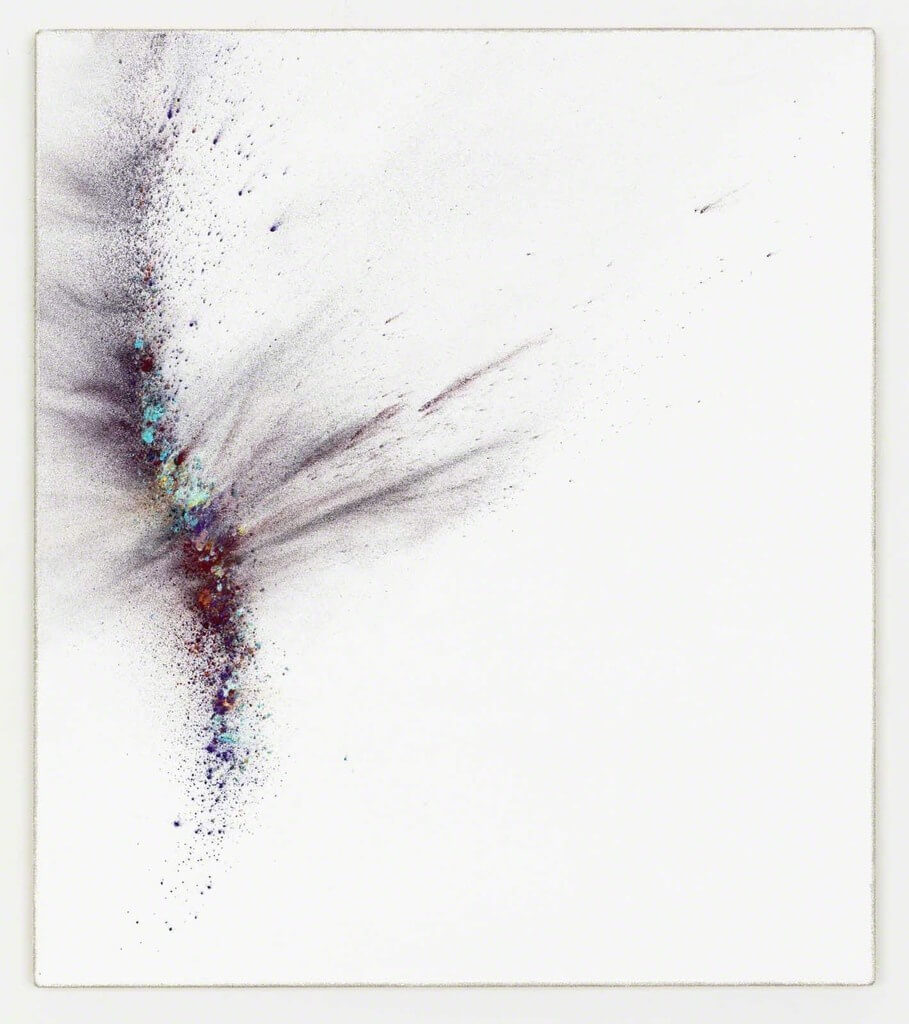
Oil and pigment on canvas, plexiglas cover
83 × 73 × 8.5 cm
Image courtesy of Bortolami, New York
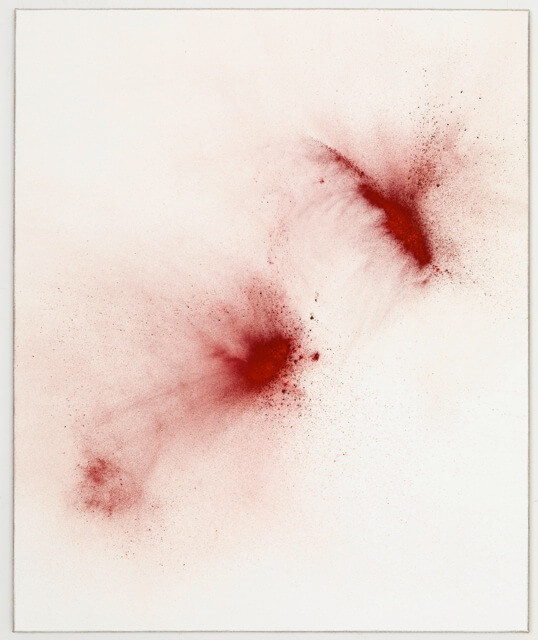
Oil and pigment on canvas behind plexiglas cover
127 × 107 cm
Image courtesy of Bortolami, New York

Styrofoam, nail polish on wood under plexiglas cover
175 × 145 × 10 cm
Image courtesy of Bortolami, New York
Thilo Heinzmann uses a variety of unusual materials to create three-dimensional canvases, often pressed beneath a sheet of Plexiglas. His pigment works reveal details and gradation of color dusted on by hand or with tools which expose the soft movement and flow of the pigment on the canvas’ surface. Raw materials applied with minimal assured gestures.
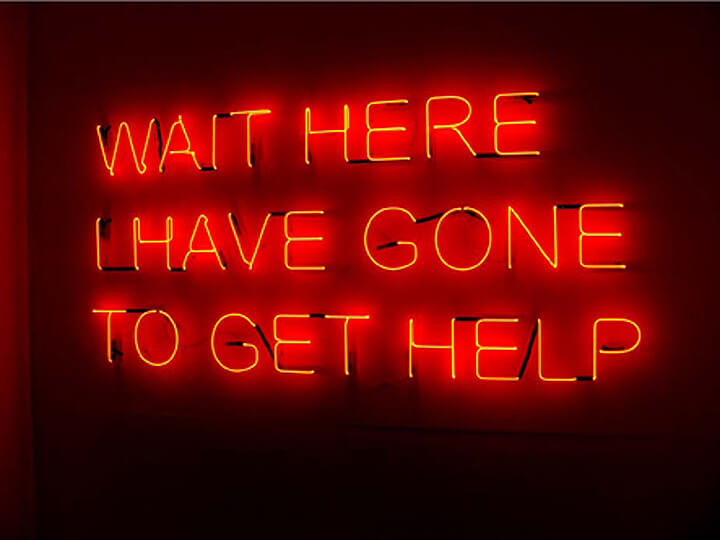
Neon sign
67 × 31 1/2 in
170.2 × 80 cm
Image courtesy of Jenkins Johnson Gallery
Tim Etchells’ work spans performance, video, photography, text projects, installation and fiction. This work explores contradictory aspects of language in a playful way. Highlighting both the speed, clarity and vividness with which language communicates narrative, image and ideas, and at the same time its propensity to create a field of uncertainty and ambiguity, Etchells employs this language fracture to create an encounter that is equally intimate and public; thoughtful and comic.

